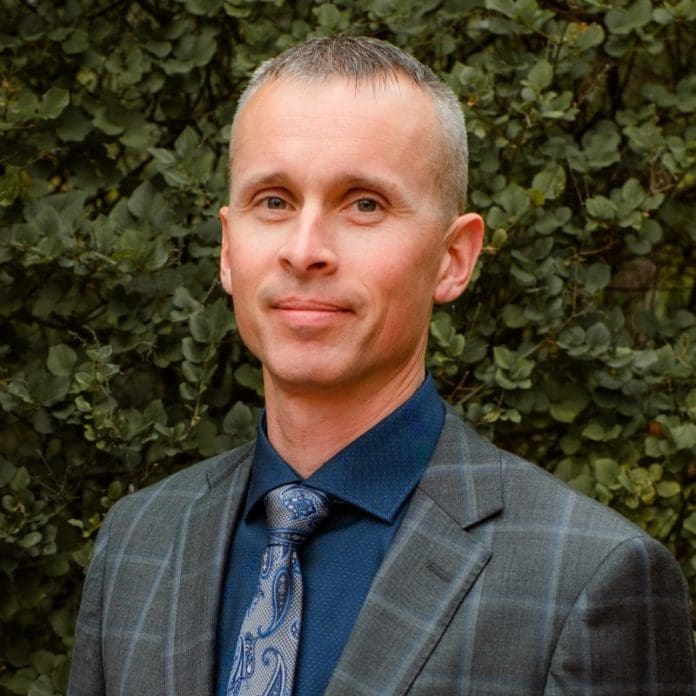The Department of Veterans Affairs (VA) defines a Disabled Veteran as someone whose injury or illness was incurred or aggravated during active military service. To qualify, there must be a documented in-service event, a current medical diagnosis, and a professional medical opinion linking the two. This is known as a service-connected disability. The VA assigns a disability rating based on the severity of the condition, which determines the level of benefits. For more details on conditions and their ratings, you can explore the VA’s rating schedule at www.ecfr.gov/current/title-38/chapter-I/part-4.
I am a service-connected, disabled Veteran. My knee injury occurred stateside and still affects me nearly 30 years later. I don’t use a cane, and I don’t have a parking pass. I’m not looking for special treatment or acknowledgment; my goal is to provide perspective. Other Veterans have a similar but more severe condition, resulting in a higher percentage rating.
It’s important to understand that every Veteran is unique, and so is their disability. Many of my fellow Veterans are living with life-altering conditions like cancer or Parkinson’s disease.
Just as many, if not more, struggle with mental health challenges such as post-traumatic stress (PTS), anxiety, or depression. Too often, these conditions coexist—physical ailments and mental health challenges intertwined.
You cannot tell what a Veteran is dealing with just by looking at them. A service-connected disability doesn’t have a specific look or set of criteria beyond what the VA determines. Veterans are men and women from all branches of service and from all walks of life, whether they served in war or peace. For some, the injuries are visible; for others, the scars are internal.
As a community, we need to move past stereotypes. Disabled Veterans are not defined by their appearance or the nature of their injuries. Many suffer in silence, dealing with conditions that affect them daily, even though they might seem fine on the surface. A knee injury like mine is one example, but the range of disabilities Veterans face is vast, and each story is different.
Be careful when comparing apples and oranges. Please remember not all wounds are visible, and each Veteran has their own experience, their own challenges, and their own way of moving forward.
Brad Anderson and Melissa Crandall are the Lake County Veterans Service Officers and can be reached at 218.834.8326 or cvso@co.lake.mn.us
Karen Christianson is the Cook County Veterans Service Officer and can be reached at 218.387.3639, or karen.christianson@co.cook.mn.us



